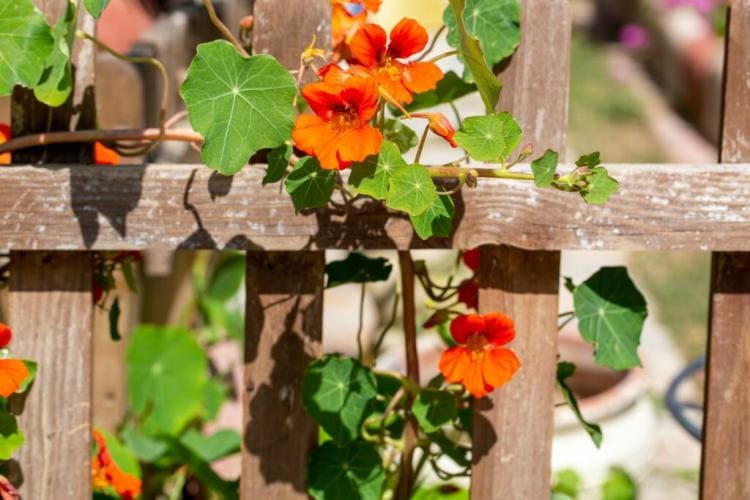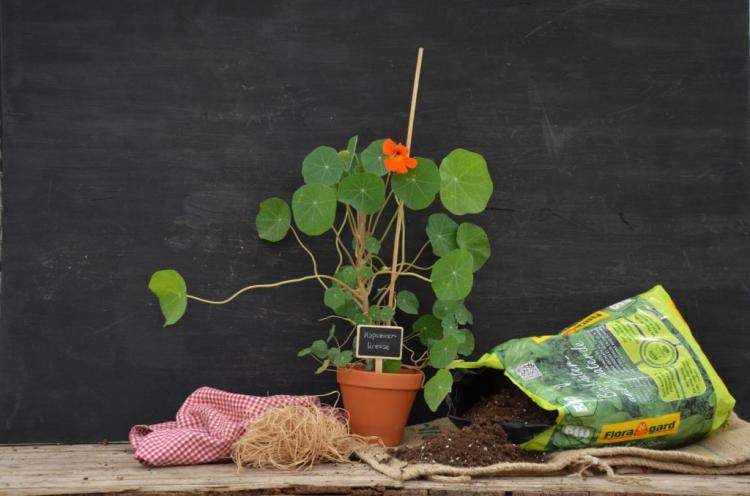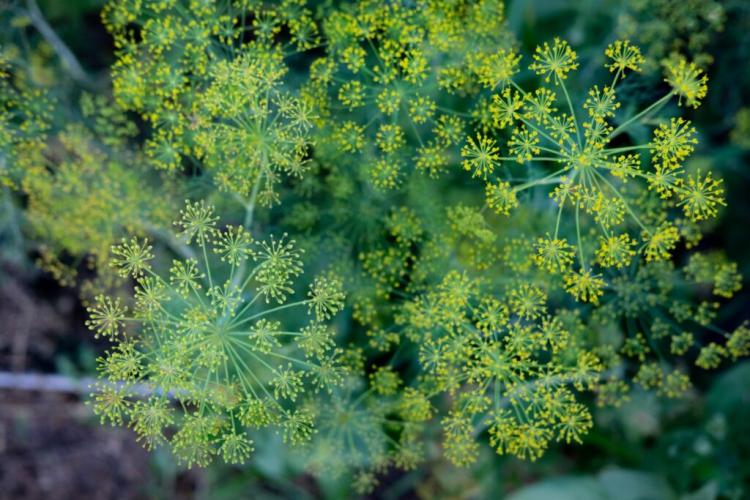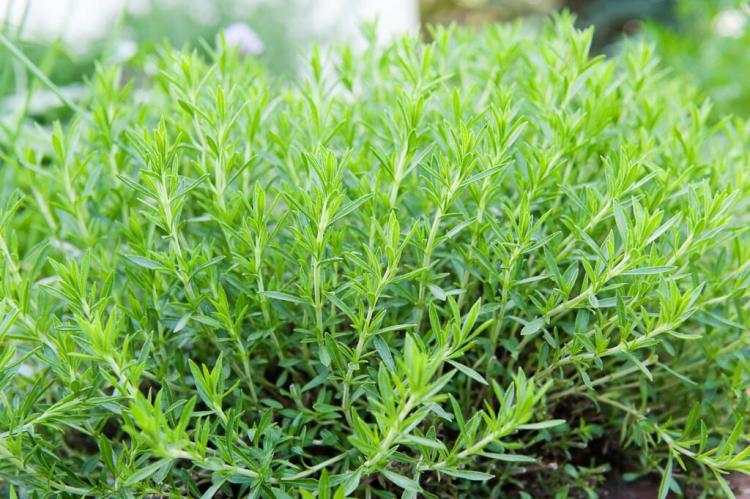Growing nasturtiums
Despite its tropical origins, nasturtiums are easy to grow in the home garden and delight us in summer with their splendid colors and rich harvest.

Nasturtiums can be grown both as an ornament and as a useful plant [Photo: Esin Deniz / Shutterstock.com]
The nasturtiums, which originate from South America, form a family of their own among the plants, but in Europe the greater nasturtium ( Tropaeolum majus ) in particular has established itself. Since it is very sensitive to cool temperatures, it is grown as an annual. Nevertheless, the nasturtium brings joy to the hobby gardener in different ways: on the one hand with its fresh, spicy-hot-tasting leaves and on the other hand it covers the summer garden with a never-ending display of flowers in warm yellow and orange tones, which are wonderfully used as edible decoration to let.
With these tips, growing the exotic beauty is child’s play:
- Location: Nasturtiums prefers a sunny or partially shaded location and humus-rich, well-drained soil. Waterlogging should be avoided. If you have a lot of space, the long shoots can crawl on the ground and let them grow, but they will just as readily storm any climbing aids that have been made available. However, there are also nasturtium varieties with a less strong urge to spread, which are particularly suitable for balconies and patios.
- Sowing: Since nasturtiums are very sensitive to cold temperatures, sowing outdoors should only be started after the ice saints. For pre-cultivation, you can sow in the apartment from mid-April. Autumn is the perfect time to obtain seeds from your own plants for the next gardening season.
- Watering and fertilizing: Despite its tropical origin, nasturtiums are easy to care for and only need to be watered during longer dry periods and lightly fertilized in spring. Too much fertilizer reduces the ability to flower. Therefore, an organic fertilizer should be used, which releases its nutrients slowly and gently to the nasturtiums. Our primarily organic Plantura organic universal fertilizer optimally meets these requirements.
- Pruning : Nasturtiums do not require regular pruning, but their sprawling growth can easily be slowed down by a cut.
- Wintering: Since nasturtiums are very sensitive to the cold, have a great urge to spread and can be easily grown from seeds, they are cultivated as an annual in our latitudes and are therefore not overwintered.
- Harvest: The aromatic leaves can be harvested all year round, and buds, flowers and seed pods are just as edible.

You can eat nasturtium buds, flowers and seed pods (Advertisement: Many thanks to Floragard)
- Storage: Neither the leaves nor the buds and flowers are suitable for drying or freezing, so you have to get creative with processing. For example, buds and unripe seed pods such as capers can be inserted and a pesto made from nasturtiums can be kept in the refrigerator for several weeks. However, nasturtiums are best enjoyed fresh.
Although the nasturtium and garden cress are similar both in taste and name, the two plants are not related to each other. You will find useful information about garden cress in our special article.




